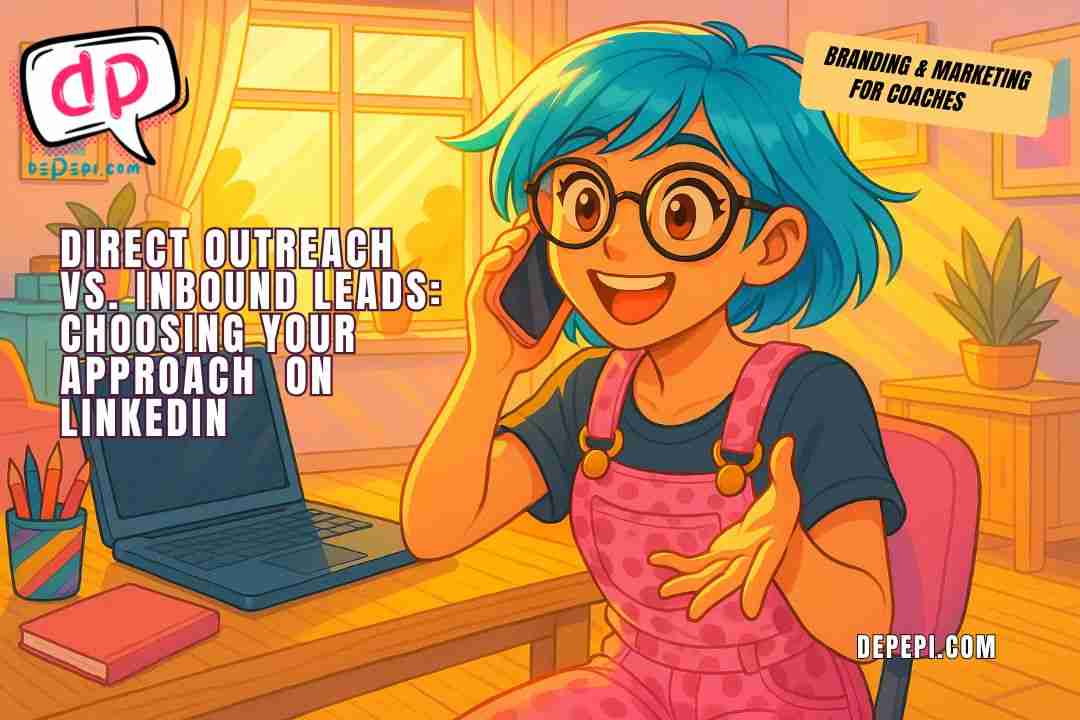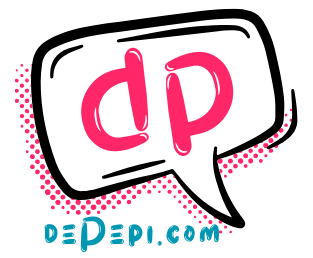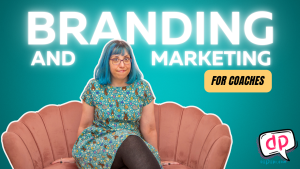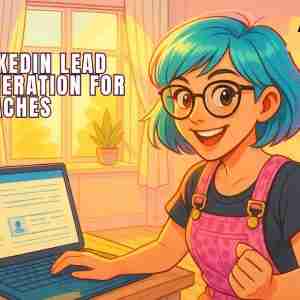Direct Outreach vs. Inbound Leads: Choosing Your Approach on LinkedIn

Finding clients isn’t just about being good at what you do, but about making sure the right people know you exist, trust you, and see you as the person who can help them. In the coaching field, direct outreach and inbound leads can help you land your clients on LinkedIn. But what are these?
Direct outreach: You take the first step and approach potential clients.
Inbound leads: They find you and approach you first.
The most successful coaches don’t rely on one or the other: they blend both. But the balance, and the way you use them, matters more than most think.
Understanding Direct Outreach
Direct outreach is proactive. You’re not waiting for the phone to ring; you’re identifying your ideal clients and starting conversations with them.
On LinkedIn, this might mean:
Using advanced search filters to find people in your niche.
Sending personalized connection requests.
Following up with relevant, tailored messages.
The goal isn’t to pitch immediately but to start a conversation that leads to a natural invitation to work together.
The Right Way to Do Direct Outreach
Bad outreach is everywhere. You’ve probably received those generic “Hi, we help coaches like you 10x their business” messages within seconds of connecting. That’s boilerplate pitching, which is why many people equate outreach with spam.
Good outreach, on the other hand:
Is personalized: You’ve read their profile, noticed their work, and can reference something specific.
Offers value first: This could be a relevant resource, an introduction, or a thoughtful question.
Respects timing: You don’t drop a sales pitch in the first message; you nurture the conversation.
Pros of Direct Outreach
Fast feedback: You know quickly if someone’s interested.
Control: You choose who to approach.
Scalable: You can set daily or weekly outreach goals.
Cons of Direct Outreach
Time-intensive: Personalization takes effort.
Higher rejection rate: Many won’t respond.
Brand risk: If you’re too aggressive or spammy, you can hurt your reputation and even face LinkedIn restrictions.
Understanding Inbound Leads
Inbound leads are the opposite: you create content, resources, and visibility so that your ideal clients find you.
On LinkedIn, this usually means:
Posting valuable content consistently.
Sharing case studies, stories, and insights.
Hosting webinars or live events.
Creating lead magnets (guides, quizzes, templates).
Inbound is about thought leadership, showing up with expertise so people trust you before they ever send you a message.
Why Inbound Feels Different
When someone reaches out to you first, the dynamic changes:
They already know a bit about you.
They’re more likely to see you as an authority.
They tend to convert faster because they’ve pre-qualified themselves.
Think about it: if you’ve been posting weekly insights about stress management for executives, and an executive messages you saying, “I’ve been reading your posts for months . Can we talk?”, that’s a much warmer lead than a stranger you cold-messaged yesterday.
Pros of Inbound Leads
High trust factor: They already believe you can help.
Faster close rate: Less convincing needed.
Brand building: Every post adds to your reputation.
Cons of Inbound Leads
Slower build: It takes time to gain traction.
Less control: You can’t predict when leads will arrive.
Requires consistency: Sporadic posting won’t work.
Jackpot: Mix Both
Relying solely on inbound can leave you waiting months for leads. Relying solely on outbound can burn you out and damage your brand if done poorly. The sweet spot is combining them:
Use direct outreach to start conversations now.
Use inbound to build authority and attract higher-quality leads over time.
Think of it like planting seeds (inbound) while also knocking on doors (outbound). The seeds grow into a garden that feeds you long-term, while the door-knocking keeps dinner on the table today.
How to Blend the Two on LinkedIn
Define Your Ideal Client Clearly
Before doing anything, know exactly who you’re looking for: Industry, job title, challenges, goals, etc.
Create a LinkedIn Content Plan
Your inbound system could be something like this:
Post educational content 2–3 times a week.
Mix in personal stories to show relatability.
Share results and testimonials to build credibility.
Identify & Engage with Prospects
Use LinkedIn search filters to find people who match your client profile.
Engage with their posts genuinely: comment thoughtfully, not just “great post.”
- Do this for a good period of time and learn more about them as they post.
Connect with a short, personalized note.
Follow Up with Value
Once connected, don’t pitch immediately. Send something useful:
A link to a relevant article you wrote.
A free guide or checklist.
An invitation to a free webinar.
Make sure you don’t contact too often or too sporadically. Also, make sure you create a connection/relationship first.
Move from Conversation to Call
When someone engages positively, invite them to a quick, no-pressure chat. The target is to create trust.
Track & Adjust
Keep track of:
How many people you reach out to weekly.
How many respond.
How many turn into calls and clients.
Don’t try to over-reach too much, as this might feel overwhelming. Direct outreach is time-consuming and takes a lot of effort.
When Outreach Hurts
Aggressive outbound tactics can damage your brand faster than they bring in clients. Some warning signs you’re crossing the line:
Sending mass, generic messages.
Pushing for a call without establishing relevance.
Following up excessively after silence.
Not only can this hurt your reputation, but it can also lead to LinkedIn penalties, reduced visibility, or even account restrictions.
The safer route? Keep outreach conversational, relevant, and genuinely helpful.
Need help?
Join Branding and Marketing for Coaches and find the sweet spot for your marketing efforts.






